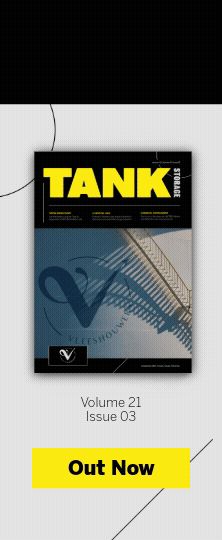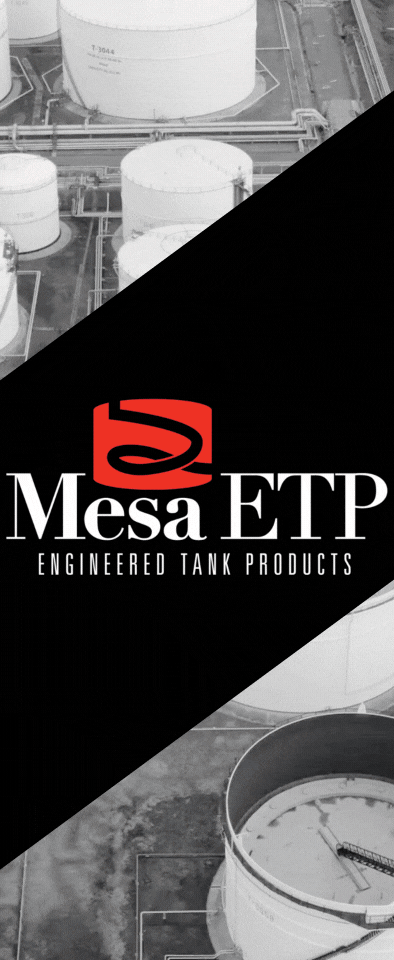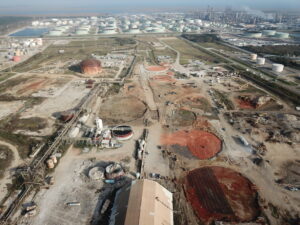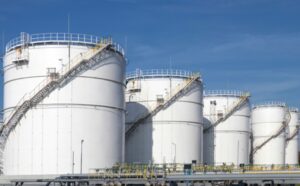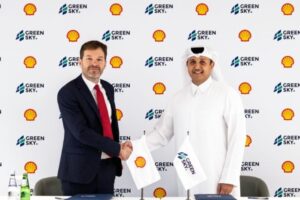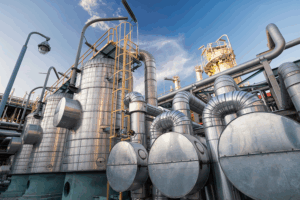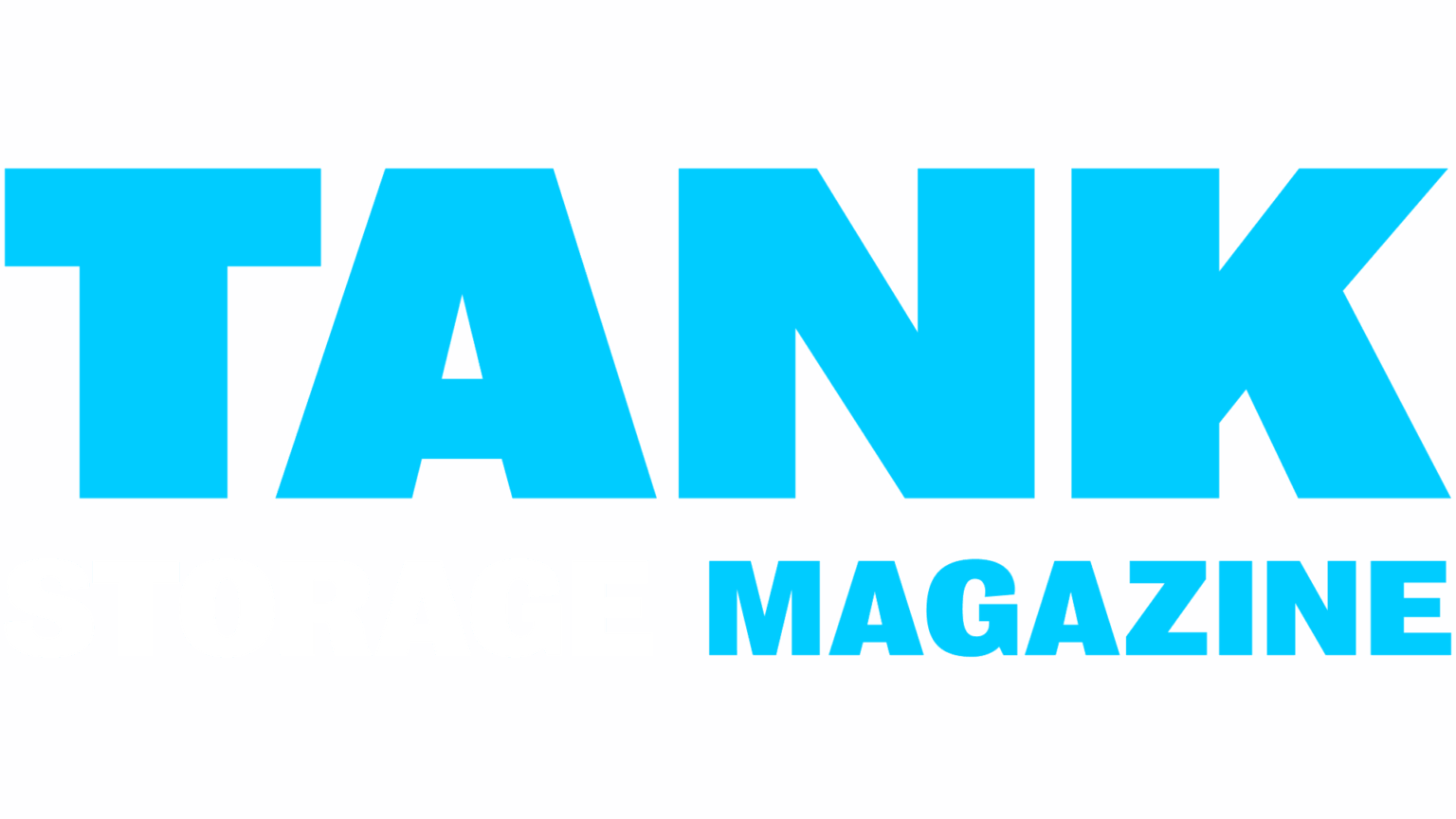LBC Vlissingen has launched the open season for ammonia storage and ammonia cracking capacity at its state-of-the-art terminal, currently under development at the North Sea Port, Vlissingen, the Netherlands. Once completed, the terminal will be a cornerstone in Europe’s sustainable energy infrastructure, acting as a green energy hub that facilitates the import, storage, and transformation of ammonia into hydrogen.
Located at the entrance of the Westerschelde River in the ARA (Amsterdam-Rotterdam-Antwerp) region, the terminal will offer an initial capacity of 150,000 m3 of ammonia storage capacity, with future scalability to accommodate up to 3.5 million tonnes of ammonia annually.
LBC Vlissingen successfully received the building permit for the quay wall and jetty in December 2024. This marks a key milestone for the project, and LBC are currently in an advanced stage of award of the environmental permit. The first phase of the project will focus on ammonia import and distribution, with a deep-water jetty designed to accommodate the latest generation of very large ammonia carriers. The terminal will also feature advanced ammonia handling and loading facilities for barges, with future plans for rail connectivity to extend the reach of ammonia across the European hinterland.
Alexander Fokker, general manager of the terminal says: ‘This open season is a significant step towards realising our vision for LBC Vlissingen as a leading green energy hub. By offering both ammonia storage and cracking capacity, we are positioning this terminal as a key enabler of Europe’s hydrogen economy, driving the clean energy transition with integrated and sustainable solutions.’
Radboud Godron, group director business development new energies adds: ‘LBC Vlissingen is central to LBC’s long-term strategy. It exemplifies our ongoing commitment to providing the infrastructure that will support the growth of clean energy, helping Europe reduce its carbon footprint and secure a sustainable energy future.’

